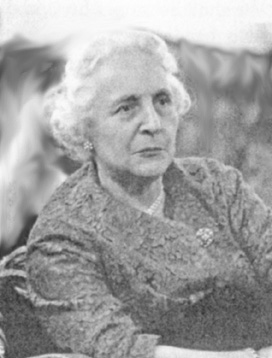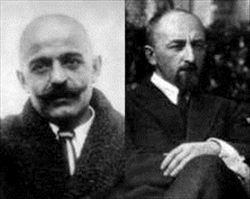 Over a period of years, Charles Ketcham, along with his colleagues, Linda Daniel Spitz and Lawrence Rosenthal, work closely with Madame de Salzmann to organize and edit the entire body of music that Gurdjieff left.
Over a period of years, Charles Ketcham, along with his colleagues, Linda Daniel Spitz and Lawrence Rosenthal, work closely with Madame de Salzmann to organize and edit the entire body of music that Gurdjieff left.
As has been described by those were at the Chateau Le Prieure at the Fontainebleau-Avon, France, where he lived and taught, Gurdjieff worked closely with Thomas de Hartmann, an accomplished Russian composer, to capture the melodies and rhythms he had heard on his many travels throughout Central Asia and the East. Whether in temples or hidden monasteries, Gurdjieff had found sacred music wherever he traveled, and he often said that music contained a great knowledge, if one knew how to listen.
Whether in temples or hidden monasteries, Gurdjieff had found sacred music wherever he traveled, and he often said that music contained a great knowledge, if one knew how to listen.
“Gurdjieff”s finely tuned teaching makes very significant use of music. Music and musical laws were for him a perfect symbol of the structure and functioning of the entire creation and of the inner life of man. The music Gurdjieff developed with his disciple, the Russian composer Thomas de Hartmann, embodies magnificently Gurdjieff’s teaching of what he called 'the laws of vibration'.
The Gurdjieff/de Hartmann music has a very special quality, which can be felt depending upon the state we are in as we listen. It is unmistakably music of a certain time and place. But if one listens very attentively, within and beyond the music's inevitable and natural relationship to cultural circumstances, there are the harmonic vibrations of another kind of time, another kind of place-that of sacred listening, of inner work."
David Hykes, “A Search for Awakened Listening,” from Gurdjieff-Essays and Reflections on the Man and His Teaching, edited by Jacob Needleman and George Baker; Continuum Publishing, 1996


 Over a period of years, Charles Ketcham, along with his colleagues, Linda Daniel Spitz and Lawrence Rosenthal, work closely with Madame de Salzmann to organize and edit the entire body of music that Gurdjieff left.
Over a period of years, Charles Ketcham, along with his colleagues, Linda Daniel Spitz and Lawrence Rosenthal, work closely with Madame de Salzmann to organize and edit the entire body of music that Gurdjieff left.  Whether in temples or hidden monasteries, Gurdjieff had found sacred music wherever he traveled, and he often said that music contained a great knowledge, if one knew how to listen.
Whether in temples or hidden monasteries, Gurdjieff had found sacred music wherever he traveled, and he often said that music contained a great knowledge, if one knew how to listen.